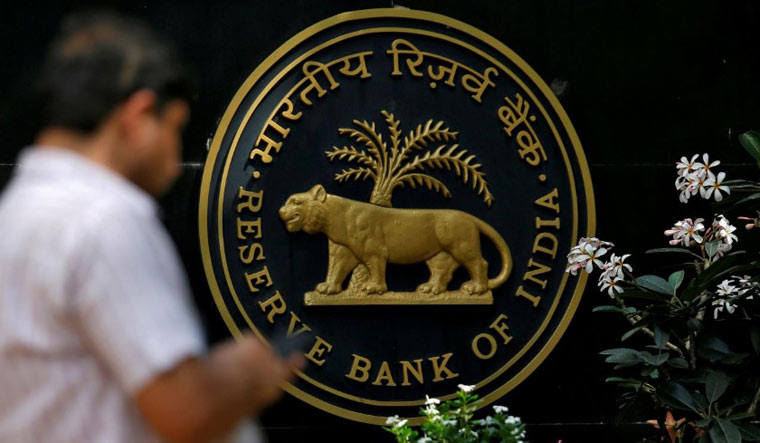The special liquidity window of Rs 50,000 crore announced for mutual funds by the Reserve Bank of India may not be effective, with banks unlikely to be tempted to participate in the current scenario without any capital relief, global ratings agency Fitch said on Wednesday.
Last week, Franklin Templeton Asset Management, in an unprecedented move, decided to wind down six of its debt fund schemes citing liquidity constraints and increased redemption pressures.
In a bid to extend support to the mutual fund industry at a time of redemption pressures and stop the contagion from spreading, RBI on Monday opened a Rs 50,000 special liquidity facility (SLF) for MFs. Funds availed under this facility would have to be used by banks exclusively for meeting liquidity requirements of mutual funds, by extending loans and/or outright purchase of investment grade securities.
“The success of the SLF-MF will hang on banks’ appetite to take up the risks involved, against the system-wide backdrop of low capital headroom and a likely increase in fresh non-performing loans. The facility’s structure places the onus on banks to absorb the associated credit and capital risk, which may hinder their willingness to participate,” Fitch said.
If the facility doesn’t achieve its aim of supporting liquidity or restoring market confidence, more fund redemptions could occur, it believes.
Association of Mutual Funds of India data shows debt funds saw outflows of close to Rs 195,000 crore in March 2020. While the most conservative category of Overnight Funds saw inflows of Rs 26,654 crore, most other fixed income fund categories saw outflows.
Credit risk funds, in particular, have been losing interest ever since the defaults at IL&FS in 2018 spooked investors. These funds, which typically invest a large chunk in lower rated securities, saw their assets under management decline 10 per cent last month.
“Credit Risk Funds are most at risk if redemptions continue, particularly where funds have exposure to less liquid securities, such as unlisted securities, and/or have demonstrably higher risk appetite through exposure to defaulted entities such as IL&FS, Religare Finvest, and/or Dewan Housing,” Fitch said.
Reduced funding by mutual funds to companies or sectors due to the outflows, could have “material credit implications” for entities more reliant on wholesale funding, it added.
Under the SLF, RBI will conduct repo operations of 90 days tenor at the fixed repo rate. It will be an on-tap and open-ended facility and banks can submit their bids to avail funding. The scheme will be available till May 11, 2020, or up to the utilisation of the allocated amount, whichever is earlier, the central bank said.



